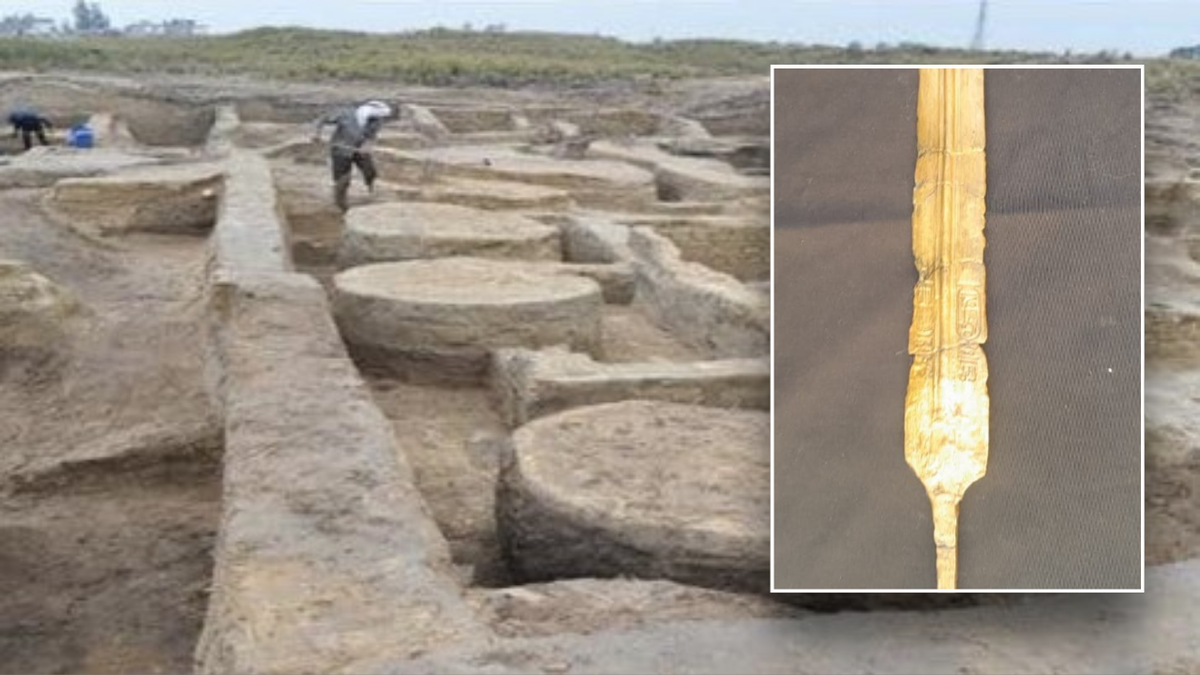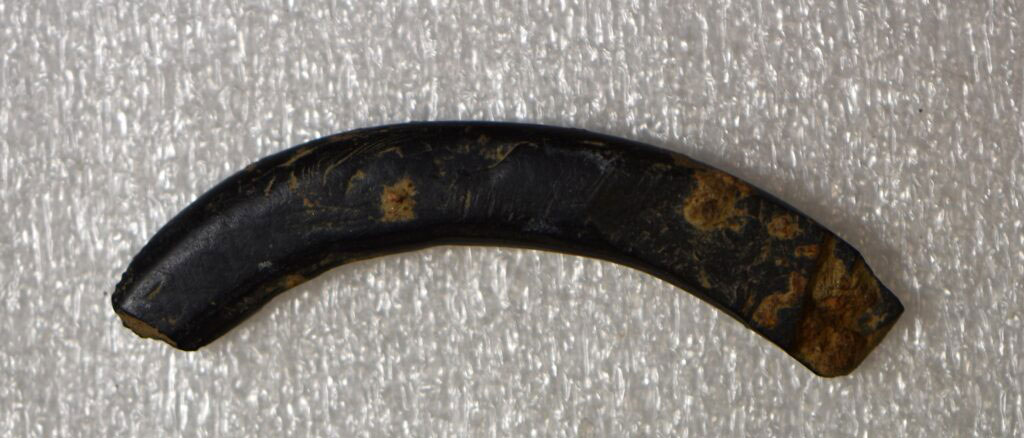ByLucy Papachristou and Lidia Kelly
September 19, 2024
KEY POINTS
Massive blasts detected by earthquake monitors.
NASA picked up multiple heat sources from space.
London: A large-scale Ukrainian drone attack on Russia triggered an earthquake-sized blast at a major arsenal in the Tver region on Wednesday, forcing the evacuation of a nearby town, war bloggers and some media reported.
Unverified video and images on social media showed a huge ball of flame blasting into the night sky and multiple detonations thundering across a lake about 380 km west of Moscow.
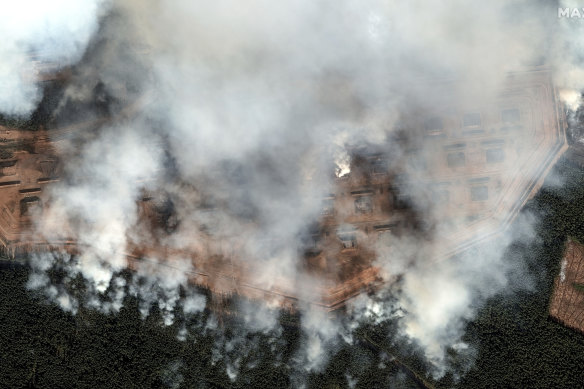
The aftermath of a large series of explosion on an ammunition depot
NASA satellites picked up intense heat sources emanating from an area of about 14 square kilometres at the site in the early hours and earthquake monitoring stations noted what sensors thought was a small earthquake in the area.
“The enemy hit an ammunition depot in the area of Toropets,” said Yuri Podolyaka, a Ukrainian-born, pro-Russian military blogger. “Everything that can burn is already burning there (and exploding).”
Ukrainian President Volodymyr Zelensky, speaking in his nightly video address, hailed the outcome of the attack without referring specifically to the target.
“A very important result was achieved last night on Russian territory and such actions weaken the enemy,” Zelensky said. “I thank everyone involved. Such precision is truly inspiring.”
He thanked the SBU security service, the HUR intelligence service and the Special Operations Forces.
A source in Ukraine’s SBU state security service had earlier told Reuters the drone attack had destroyed a warehouse storing missiles, guided bombs and artillery ammunition.
Russian state media have in the past reported that a major arsenal for conventional weapons was located at the site of the blasts. State media, now subject to military censorship laws, was muted in its reporting on Wednesday.

Two satellite images of an ammunition depot in Toropets, Russia,
Igor Rudenya, governor of the Tver region, said that Ukrainian drones had been shot down, that a fire had broken out and that some residents were being evacuated. He did not say what was burning.
One woman told Reuters that members of her family had been evacuated from Toropets.
“A fire started with explosions,” said the woman, who identified herself only as Irina.
Rudenya later said the situation in Toropets was stable as of midday local time and that evacuated residents could return. The fire had been put out and there were no recorded fatalities, he said.
Russia and Ukraine each reported dozens of enemy drone attacks on their territory overnight, with Russian forces advancing in eastern Ukraine.
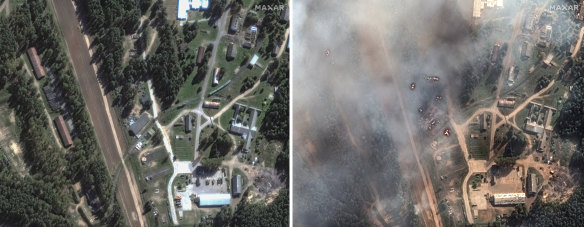
Before and after the Ukrainian drone attack.CREDIT:AP/MAXAR
Major explosion
The size of the main blast shown in the unverified social media video was consistent with 200-240 tonnes of high explosives detonating, said George William Herbert of the Middlebury Institute of International Studies at Monterey in California.
A Toropets chatroom on the Russian social media site VK was flooded with messages of support from other parts of the country and offers of help to people fleeing the town.
Some people were asking whether buildings at specific addresses were still standing.
“People, does anyone know what’s happened to Kudino village??? They told me nothing is left of our house,” posted one woman.
Another woman replied: “It’s horror there.” Kudino is a village 4.5 km northeast of Toropets.
Some war bloggers asked how drones could trigger such large blasts at what was thought to be a highly fortified facility.
RELATED ARTICLE

Exclusive
Russia-Ukraine war
Ukraine fury as Australia offloads military gear on ‘military eBay’
According to an RIA state news agency report from 2018, Russia was building an arsenal for the storage of missiles, ammunition and explosives in Toropets, a 1,000-year-old town, with a population of just over 11,000.
Dmitry Bulgakov, then a deputy defence minister, told RIA in 2018 that the facility could defend weapons from missiles and even a small nuclear attack. Bulgakov was arrested earlier this year on corruption charges, which he denies.
“It (the concrete facilities) ensures their reliable and safe storage, protects them from air and missile strikes and even from the damaging factors of a nuclear explosion,” RIA quoted Bulgakov as saying at the time.
“Why wasn’t the ammunition underground?! What are you doing???? In Kudino, houses were blown away! Why is the forest burning and no one is there... What kind of negligence is this!!!!” one woman posted.
Russia reported that its air defence units had destroyed 54 drones launched against five Russian regions overnight, without mentioning Tver. Ukraine said it had shot down 46 of 52 drones launched by Moscow overnight and that Russia had used three guided air missiles which did not reach their targets.



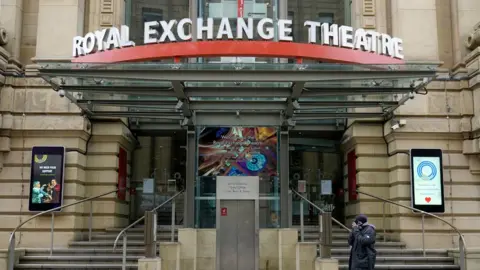
:focal(960x640:961x641)/https://tf-cmsv2-smithsonianmag-media.s3.amazonaws.com/filer_public/0c/32/0c328f41-e559-4052-a024-cdfe5f12bfed/dsc_6895.jpg)
/https://tf-cmsv2-smithsonianmag-media.s3.amazonaws.com/filer_public/35/06/35063454-7230-46ea-b84c-cd345b21aa8f/joachim_du_bellay.jpeg)
/https://tf-cmsv2-smithsonianmag-media.s3.amazonaws.com/filer_public/2e/a7/2ea73239-0f32-4796-867e-b393fbaf12ca/dsc9658.jpg)
/https://tf-cmsv2-smithsonianmag-media.s3.amazonaws.com/accounts/headshot/mellon.png)

